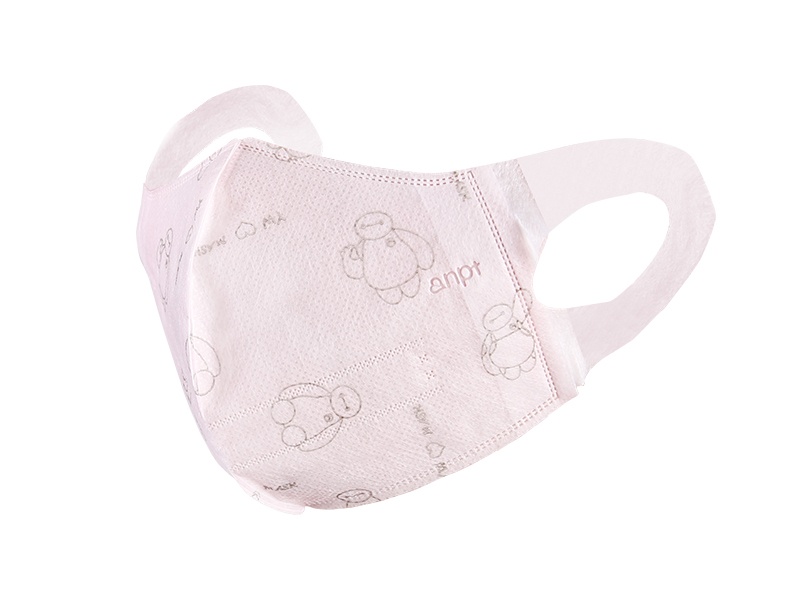The 2019 novel coronavirus pneumonia, which first appeared in Wuhan and ravaged the whole country, caused panic in the society and had a major impact on the national economy. It was another respiratory infectious disease that spread nationwide after SARS in 2003.
It has been found that the 2019 new coronavirus is the seventh known coronavirus, with a diameter of about 80-120 nanometers, which can infect vertebrates such as humans, mice, pigs, cats, dogs, wolves, chickens, cattle, and birds. The main route of transmission is through droplets from coughing or sneezing. Given this mode of transmission, the route of infection in most cases involves direct contact with the viral vector. At present, there is no specific treatment for the virus. Avoiding going to crowded public places, avoiding contact with infected patients, and frequent hand washing are the main prevention methods at present.
Wearing a mask is an important means to isolate the spread of the virus, protect susceptible groups, and achieve effective individual protection. At present, masks can isolate bacteria and PM2.5 particles mainly in two ways: (1) Electrostatic adsorption, which belongs to an active isolation method, that is, the electrostatic force between the fibers in the middle layer of the mask is used to adsorb bacteria and tiny particles (2) Physical isolation, which belongs to a passive isolation method, that is, the use of the small pore structure of the mask itself to block the invasion of bacteria and viruses. Among them, the physical isolation method mainly uses the gravity effect, interception effect, diffusion effect and inertia effect of bacteria and fine particles.
The design requirements of general medical surgical masks are that they can block bacterial aerosol particles with a diameter greater than 3 microns. The core layer of the mask has a large pore diameter, which cannot perfectly achieve physical isolation of small particles of bacteria and viruses. The method is mainly electrostatic adsorption. However, as the wearing time increases (such as 1 to 2 hours), due to the wearer's breathing and other human activities, the mask is damp, its electrostatic adsorption capacity is weakened, and the isolation effect gradually deteriorates. Given the tiny size of the virus, ordinary medical surgical masks cannot achieve long-term and effective isolation protection.
Nano masks have become a high-efficiency medical protective mask because of their efficient filtration performance. Similar to ordinary medical masks, nano antibacterial masks also include an outer layer, a middle layer, an inner layer, ear loops, nose clips and other parts. The special feature of nano masks is that the middle layer is composed of nano membranes with smaller pore size (100-200 nanometers), generally PTFE materials. The PTFE film prepared by the unidirectional or biaxial stretching method has a spider web-like microporous structure on the surface, and has very complex changes in the three-dimensional structure, such as network connection, hole inlay, and pore bending, so it has excellent surface filtration. Features. Nano masks produced by using this material have the characteristics of high barrier efficiency, long service life, light and breathable, and are a new direction for the development of masks in the future. However, at present, such masks are relatively expensive and cannot completely replace traditional masks. (Guo Xiaogang, member of China Composites Society)

